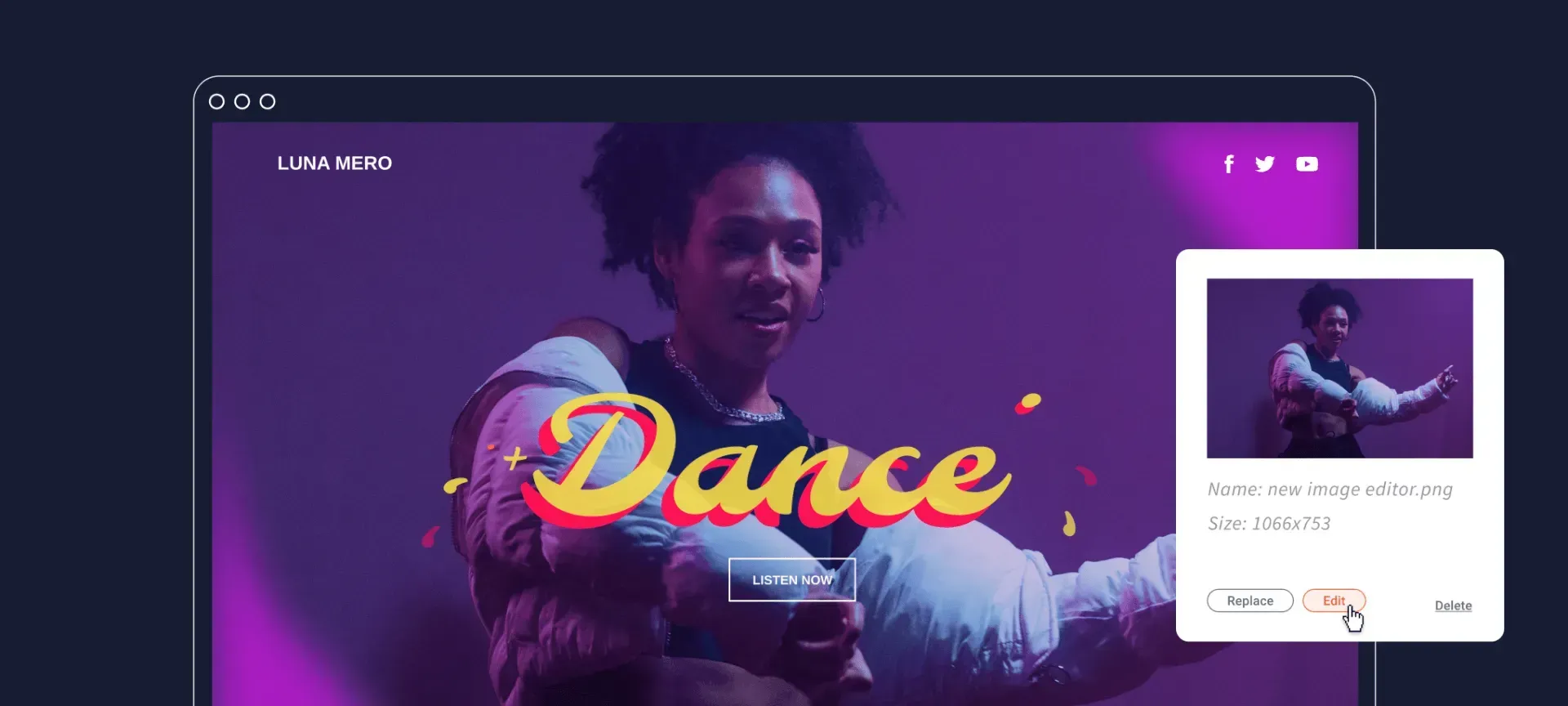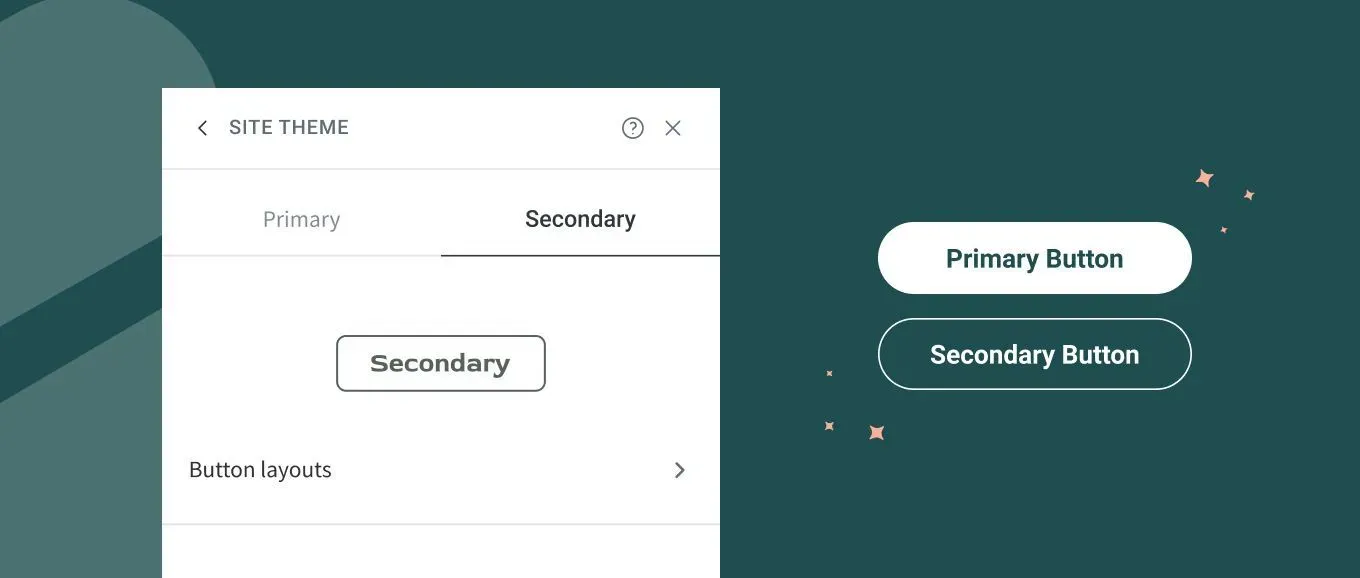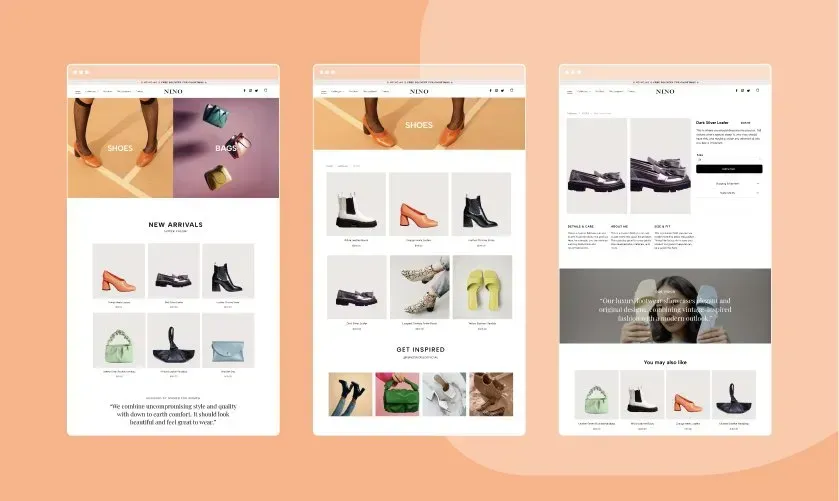When it comes to Search Engine Optimisation (SEO) jargon, it can sometimes feel like you are reading a completely different language. If you are not a tech kind of person, some of the terminology can seem odd and completely foreign to you.
This is where this blog comes in handy. Once you learn the tricks of the trade, you will be speaking the lingo in no time. To help you along the way, we've put together a list of the most commonly used words and phrases you need to know when it comes to SEO. Check it out!
ALT TEXT/ ALT TAG
This is a description of an image in your website's HTML (we explain what a HTML is below). It's important to know search engines read only the ALT text of images, not the images themselves. So adding ALT text to images whenever possible is a great SEO move you can make.
Anchor Text
This is simply the name for the text of a link to a web page. On most sites, this kind of text is usually blue and underlined, or purple if you’ve visited the link before. But what does this text do? Well the anchor text helps search engines understand what the destination page is about; it describes what you will see if you click on the link.
Blog
This is a part of your website where you should regularly publish content for your web visitors. Each blog post on your website is a new page that a search engine sees, and therefore a new opportunity to get found online - SEO GOLD! Just make sure you keep your blog within your own domain, that way all the attention is on you and your site.
CSS (Cascading Style Sheets)
In short, this is the part of your website's code that defines how different elements of your site look. This means how headers, links, text etc are represented on your site. To learn more about CSS, click HERE.
Directory
Just like directories for people and phone numbers, there are directories for websites too. Submitting your site to a directory gives you more than just an inbound link; it helps people find you. Exactly what you want! But have you seen or heard of a web directory before? Yes, yes you have - the most popular web directories you've heard of are Google My Business and Yell. For lists of web directories, click HERE.
Domain
This is the main web address of your website (example: https://avantyplc.com). It's good to have ownership of your domain for several years because search engines favour websites with longer registrations. Why? Because it shows you're trustworthy and good with commitment. Once you show the search engines that you're committed, they'll rank your site better!
Headings
This may or may not be obvious, but this is the text on your site that is placed inside of a heading tag (H1, H2). This text is usually presented in a larger and more eye-catching font than other text on the page.
HTML
This is the code part of your site that search engines read. Keeping your HTML as clean as possible is so important because it ensures search engines read your website easily and as often as possible. Click HERE for more information on HTML.
Inbound Link
This term means a link from one website into another. As you go down this list we've put together, you've probably noticed that we've added links that take you to other sites, to further explain points. This is called inbound links. Why should you do this? Well a link from another website can and will improve your SEO, especially if that site has a high
PageRank.
Indexed Pages
This is simply the pages of your website that are stored by search engines like Google, Yahoo, Bing etc.
Internal Link
Very similar to inbound links, however internal links simply link from one page to another on the same website. An example of where you would do this on your website is your homepage to your products page.
Javascript
A term you've probably seen but not known what it is. Essentially, this is the scripting language that allows website admins to apply various changes or effects to the content of their website as users browse it. To learn more about Javascript and how it's used, click
HERE.
Link Building
Relating back to inbound links, this is the process of getting more inbound links to your website for improved search engine rankings. The more inbound links (appropriately located) the better!
Long Tail Keyword
A term you may have crossed paths with is long tail keywords, but what does this mean? This is an uncommon or infrequently searched keyword, typically with two or more words in the phrase. We advise small businesses to consider targeting long tail keywords, as they are lower difficulty and often have more qualified searchers. Think about it... commonly used keywords such as 'software' and 'website' are much more competitive, and very hard to rank high in their search results.
Metadata
To put simply, this is the data that tells search engines, such as Google, Yahoo, Bing etc, what your website is all about. For a great breakdown of information for what metadata is, click HERE.
Meta Description
This is a very brief description of the contents on a page and why someone would want to visit it. And when we say brief, we mean brief (fewer than 160 characters). This is often displayed on the search engine results pages (below the page title) as a sample of what to expect on the particular page.
Page Title
This is the name you give your web page (which is then seen at the top your browser window). Page titles should always contain keywords related to your business.
Panda
Referring to a series of updates released by Google to its search engine ranking algorithm, this is intended to discourage people creating large amounts of mediocre content in an attempt to claim many keyword rankings without generating much value to its users.
PPC (Pay-Per-Click)
This is a model of internet marketing in which advertisers pay a fee each time one of their ads is clicked on (essentially, it’s a way of buying visits to your site).
Ranking Factor
This is a variable that a search engine uses to decide the best ordering of relevant, indexed results returned for a search. Things like
the number of inbound links to a page or the contents of the title tag on that page are considered to make this ranking system.
RSS (really simple syndication) Feed
It is a subscription-based way to get updates on new content from a web source. Setting up an RSS feed for your website can help your followers stay updated when you release new content. To learn how to set this up, click HERE.
SERP (Search Engine Ranking Page)
This is the page you see after entering a query into Google, Yahoo, or any other search engine. Each search engine’s SERP design is different, but for Google it's the most popular.
Sitemap
This is the blueprint of your website to help search engines find, crawl and index all of your site’s content. Sitemaps also tell search engines which pages on your website are most important. There are four main types of sitemaps, click HERE to find out what they are and how they can up your SEO game.
Spider
It is simply a computer programme or script written that browses the internet and collects information about all the websites on it. They may also be referred to as things such as a web bot, web crawler, or web robot.
Title
Simply the title of a page on your website, which is enclosed in a HTML tag, inside of the head section of the page. It appears in search engine results and at the top of a web browser when they are on that page.
Traffic Rank
This is the ranking of how much traffic your website gets compared to all other sites on the internet. To check the traffic ranking of your site, you can head to the following sites:
URL (Uniform Resource Locator)
And finally, a very common term in the tech world - URL. This is a unique identifier used to locate a resource on the internet. It is also knowns as a web address. An example of a URL: https://avantyplc.com/ecommerce



